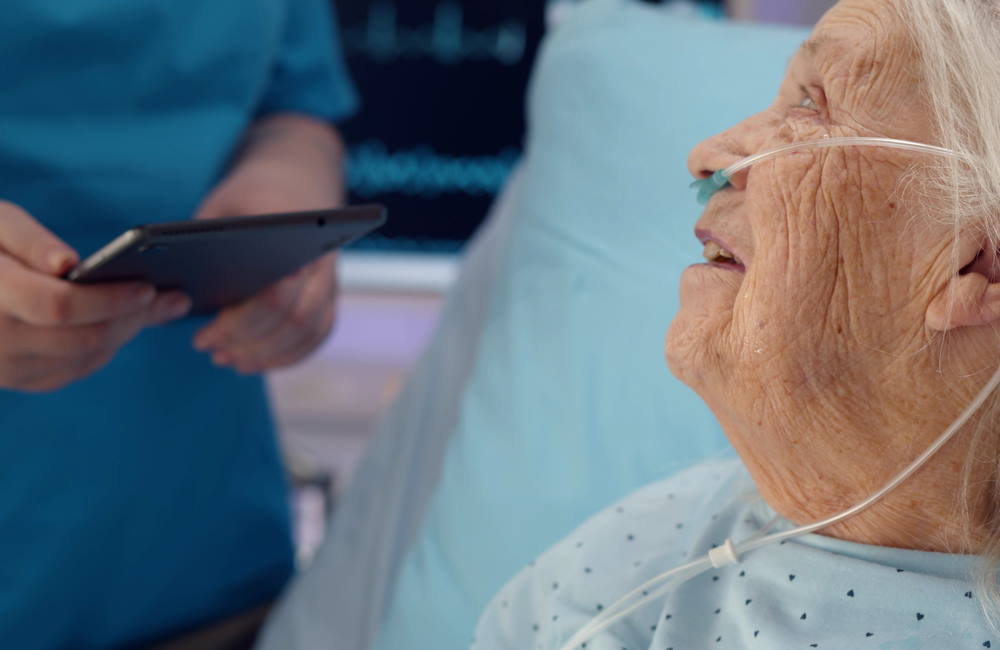
It’s possible for a bedbound patient to fly on a commercial airline, but only with certain international airlines and only on select flights. Doing so requires extensive planning with the airline so they can prepare the plane to safely transport a bedridden passenger. This requires contacting the airline well in advance of the planned trip.
It’s an area where a flight nurse can provide a great deal of help. An RN flight coordinator working for a non-emergency transport company (NEMT) will make all the travel arrangements for a client. That includes booking flights and arranging any special accommodations.
However, transporting a bedridden patient is typically not possible on a domestic flight. And even on an international flight, providing accommodations for bedbound patients are often very difficult to set up.
Types of Bedridden Patients
A bedbound patient may want to fly for a number of different reasons. Many of those most common situations involve medical reparation (someone flying back to the U.S. on an international flight after getting injured while on vacation) or experiencing a medical event, such as a stroke. Other postoperative patients may travel after recovery from surgery.
People need to remain bedridden during a flight, typically on a stretcher, because they are unable to sit up in a standard airplane seat during taxiing, takeoff and landing. They almost always fly with an experienced medical professional who can oversee their care during the flight.
Are Bedbound Patients Allowed on a Domestic Flight?
There are no stretcher options to fly someone domestically. The only airlines who offer stretcher service are outside the United States: Lufthansa, Korean Air, Qatar, and Emirates. And even these airlines only do so on select international flights.
While other international airlines may state they offer stretcher service, the logistics of getting it set up are extremely difficult and often not possible.
Domestic airlines require that passengers be able to tolerate sitting for up to 15 to 20 minutes. For bedbound patients, that is often not possible.
For those who can tolerate sitting up, a NEMT company provides a safe, low-cost alternative to an air ambulance. However, bedbound patients may have difficulty flying without using an air ambulance.